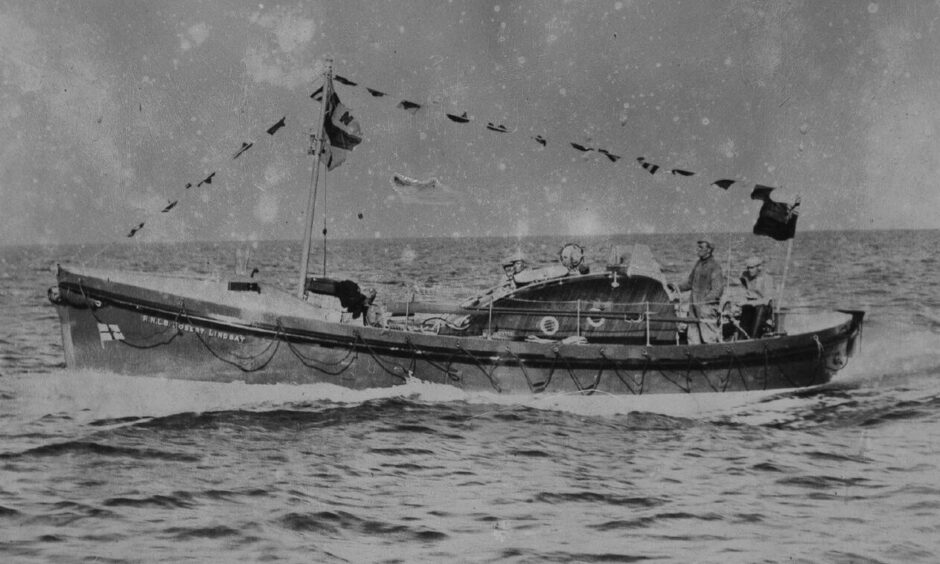
The story of Arbroath’s lifeboat station has heroism running through it like the lettering in a stick of rock.
The Angus town is home to one of the oldest stations in Scotland and over the years its crews have been honoured with seven awards for gallantry.
The RNLI’s decision to downgrade the East Grimsby station following a lifesaving review will mark a fresh chapter in its 220-year history.
The many chapters in the tale of Arbroath lifeboat station are filled with both triumph and tragedy.
Fishing boats were the main casualties of offshore tragedies as most coastal villages had their own fleets and, with trade expanding in the 18th and 19th centuries, large numbers of vessels were being wrecked.
More than 70 vessels were wrecked in the great storm of 1799, including 27 off Arbroath.
In 1800 the whole of the fishing fleet from the Moray Firth was storm-driven down the east coast and only by miracle did many survivors make Arbroath harbour and safety.
The notorious Bell Rock, off the coast of Arbroath, accounted for the loss of thousands of lives alone before the construction of its famous lighthouse in 1811.
The disasters before the lighthouse was built led to the people of Arbroath raising money to buy a rowing boat and establish its first lifeboat station in 1803 with six crew.
The first lifeboats, which were rowed by oars, had succeeded one after the other, always fully manned and prepared to go to sea, whatever the conditions, when required.
Life and times of Arbroath lifeboat station
The RNLI was founded in 1824 but it was long after that before Arbroath joined because locally it was felt they were doing well themselves from their own resources.
Arbroath Town Council agreed to build a boatshed costing £179 in 1865.
The lifeboat was funded by an appeal to the readers of the People’s Journal newspaper.
In her book, The Story of Arbroath Lifeboat, Gillian Zealand describes a dramatic rescue from the early 20th Century.
“In 1905 the German schooner Gesine grounded at Westhaven and the lifeboat James Stevens was launched,” she says.
“The rescue of the five-man crew was carried out amid considerable danger – a fact recognised by the Kaiser, who presented silver watches, each engraved with his monogram, to the first and second coxswains and the bowman, along with £20 to be shared equally by the rest of the crew.”
Arbroath’s first fatality in service occurred when bowman Peter Swankie fell beneath the carriage when the lifeboat was being taken to the slipway to be launched on September 24 1911.
Arbroath continued to use pulling and sailing boats until 1932 when the John and William Mudie entered service with a 35-horse power engine that allowed it to travel at seven knots.
The Duchess of York, who would later be known as the Queen Mother, named the new vessel and an ‘ABC Presents’ black and white film recorded the event.
She would go on to serve as Arbroath lifeboat until 1950.
The RNLI crew saved many lives over the years but also suffered tragedy at sea.
On February 9 1940 the Arbroath lifeboat was launched to go to the assistance of the barge Foremost 102 from Aberdeen, which was being attacked by a German aeroplane.
As the lifeboat approached the attack continued, but, through a hail of machine gun fire and bombs, the lifeboat made it alongside the barge and saved all seven crew aboard.
Coxswain William Swankie won the RNLI bronze medal.
He was also awarded the British Empire Medal for his heroic bravery in service.
Swankie retired in 1952.
Tragically, his son William would perish on one of the town’s darkest days.
Arbroath lifeboat tragedy
On October 27 1953, the station suffered a terrible tragedy when the lifeboat Robert Lindsay was lost after being struck by a huge wave close to the harbour following a search for a vessel in distress.
Cries for help were heard and the coastguard fired rocket lines at random.
Only one man survived.
Archibald Smith, of Ladyloan, managed to grasp a rope shot from the shore.
Six crew members perished including William Swankie junior.
They were David Bruce, Harry Swankie, Thomas Adams, Charles Cargill and David Cargill.
They came from the town’s fishing community and hardly a family from it was left untouched by the tragedy.
The town awoke to find the lifeboat upside down on the rocks west of the breakwater.
The Courier of October 28 1953 reported: “Arbroath was a town of sadness yesterday. Their lifeboat had met with disaster. Six men perished when some could see the welcoming lights of their homes.
“Mr Charles Smith, No 1 in the rocket brigade, said: ‘It was the worst southerly gale in 30 years. We could not get down to the edge of the water with the gear. We heard calls for help in the darkness. I fired a line in the direction of the shouts. It was a million to one shot which came off.
“‘As soon as the line was in the water I heard a shout ‘Pull in, lads, and hurry up’. We pulled the man through the harbour entrance and on to the quay. It was Archie Smith.’”
More than £35,000 was given to a local disaster fund and a commemorative bronze plaque was placed on the storm wall of the Fish Quay close to the light tower.
Nine years later, the plaque was transferred to the wall of the lifeboat house.
The Robert Lindsay was replaced temporarily by a lifeboat from the reserve fleet.
The Duke of Montrose, which was a 42-feet Watson class lifeboat, arrived in May 1958 and was named by the Duchess of Kent during a ceremony at Arbroath harbour.
Tommy Adams, son of the late Bowman Thomas Adams, who lost his life in the disaster in 1953, presented a bouquet to the Duchess of Kent during the dedication service.
A D-class inflatable lifeboat was sent to the station in 1968.
RNLB Shoreline, the 37ft 6in Rother class lifeboat stationed at Blyth from 1979, was transferred to Arbroath lifeboat station and placed on service on December 17 1982.
An extension to the lifeboat shed was completed in 1986, with boat store, crew room, toilets and an office area added.
Inchcape arrived in 1993
Modifications to the boathouse and slipway were carried out at a cost of £85,000 in order to accommodate the station’s new Mersey Class lifeboat, Inchcape, which came on station in August 1993.
The naming ceremony on April 22 1994 was attended by 400 guests while a crowd including local schoolchildren watched from various vantage points around the site.
Andrew Cubie, vice-chairman of the Scottish Executive Committee, and Committee of Management member, himself deputising for the chairman, praised the local appeal,
which had raised around £300,000, and congratulated the community for its
magnificent efforts.
A service of dedication was then conducted by the station honorary chaplain, Reverend Guy Brownlie, during which mention was made of the lifeboat disaster in 1953.
In November 1995 the Crown Estate granted approval for the extension to the slipway and planning approval followed from Angus Council in November 1996.
Work was completed the following summer.
In June 2001, Tommy Yule, Allan Russell and Peter Willis showed determination and bravery in saving the three-man crew of a yacht that struck rocks at Danger Point.
The trio, who made up the crew of the Arbroath inshore lifeboat that foggy day, were eventually presented with commendations by Lord Airlie at the town’s lifeboat shed.
Arbroath RNLI honorary secretary Stewart Fergusson explained that the lifeboat crew were taking part in an exercise when the distress call was received.
“The crew tried towing the yacht but its weight was too much,” he said.
“After a few more unsuccessful attempts to free the yacht the decision was taken to forget the boat and get its crew off.
“The lifeboat crew showed enormous courage and determination.”
In 2004 the inshore craft Duncan Ferguson arrived in Arbroath and served until 2013 when it was replaced by the Robert Fergusson, which was named after the Scottish poet.
Sam Clow, Michael Marr, Peter Willis, Jack Fraser, Rod McLean and Kyle Bailey were recognised with the Marine Meritorious Service Medal following a rescue in 2021.
Crews from Arbroath and Montrose launched into near-hurricane-force winds and six-metre seas to aid the vessel at risk of going aground during Storm Arwen.
Arbroath has been patiently awaiting the arrival of a £2.5m Shannon-class all-weather craft to replace the current Inchcape since 2014 before the RNLI performed a U-turn.
Broughty Ferry will instead receive the all-weather craft following the outcome of a lifesaving review with an inshore Atlantic 85 rigid inflatable boat arriving in Arbroath.
The RNLI say the combination will enhance local lifesaving provision – and the plan reflects changes the organisation has seen in water use on the stretch of coastline covered by the two stations.
Arbroath RNLI have vowed to fight the decision every step of the way.
This 220-year story is far from over.
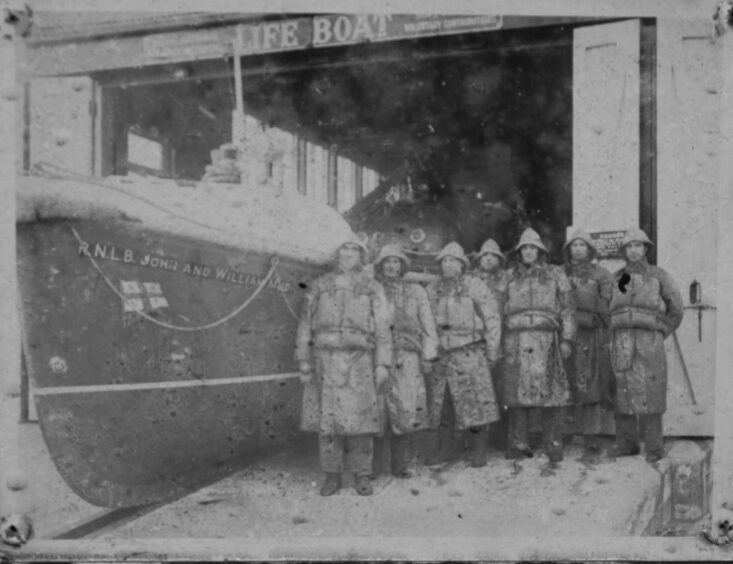
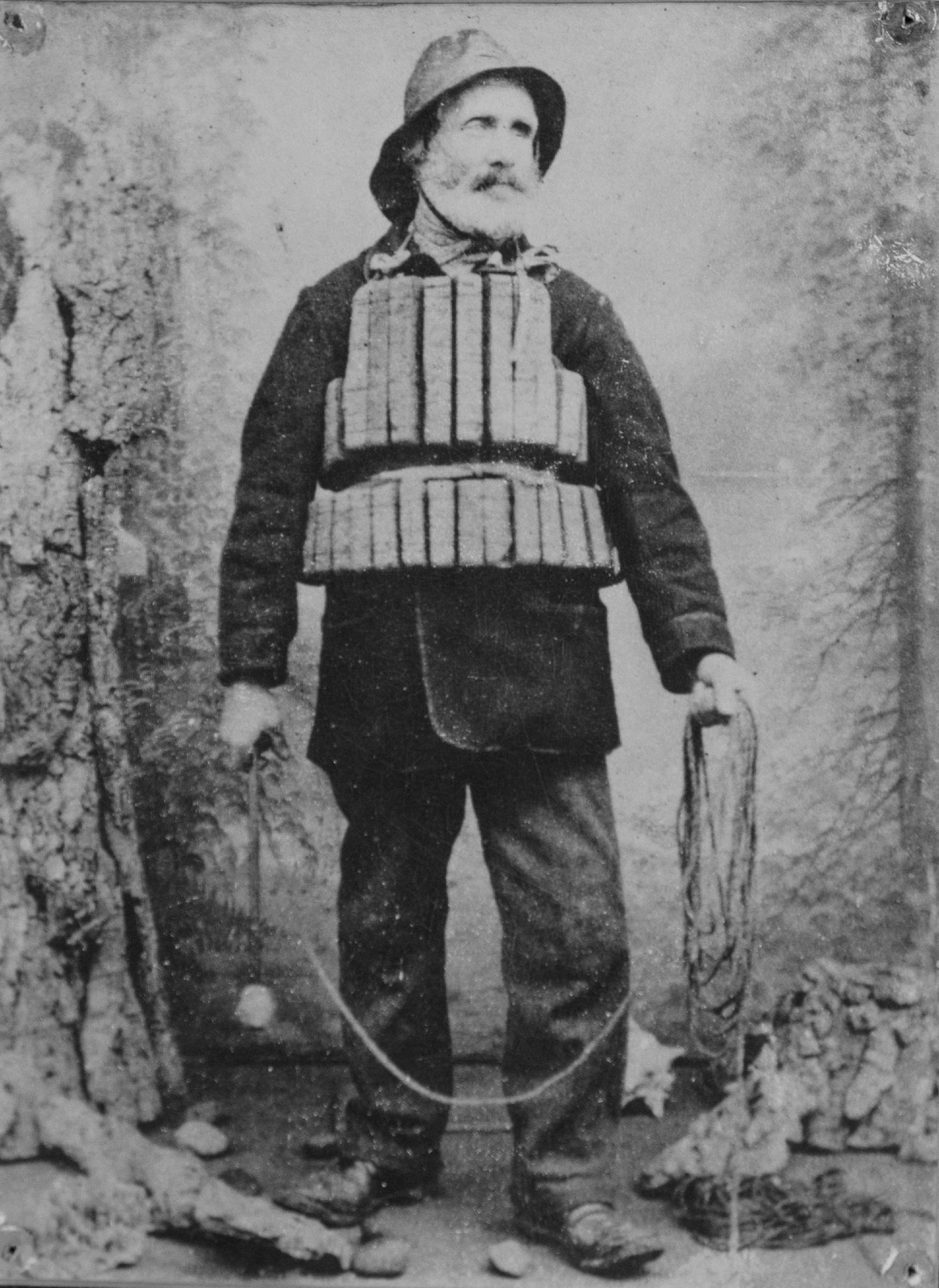
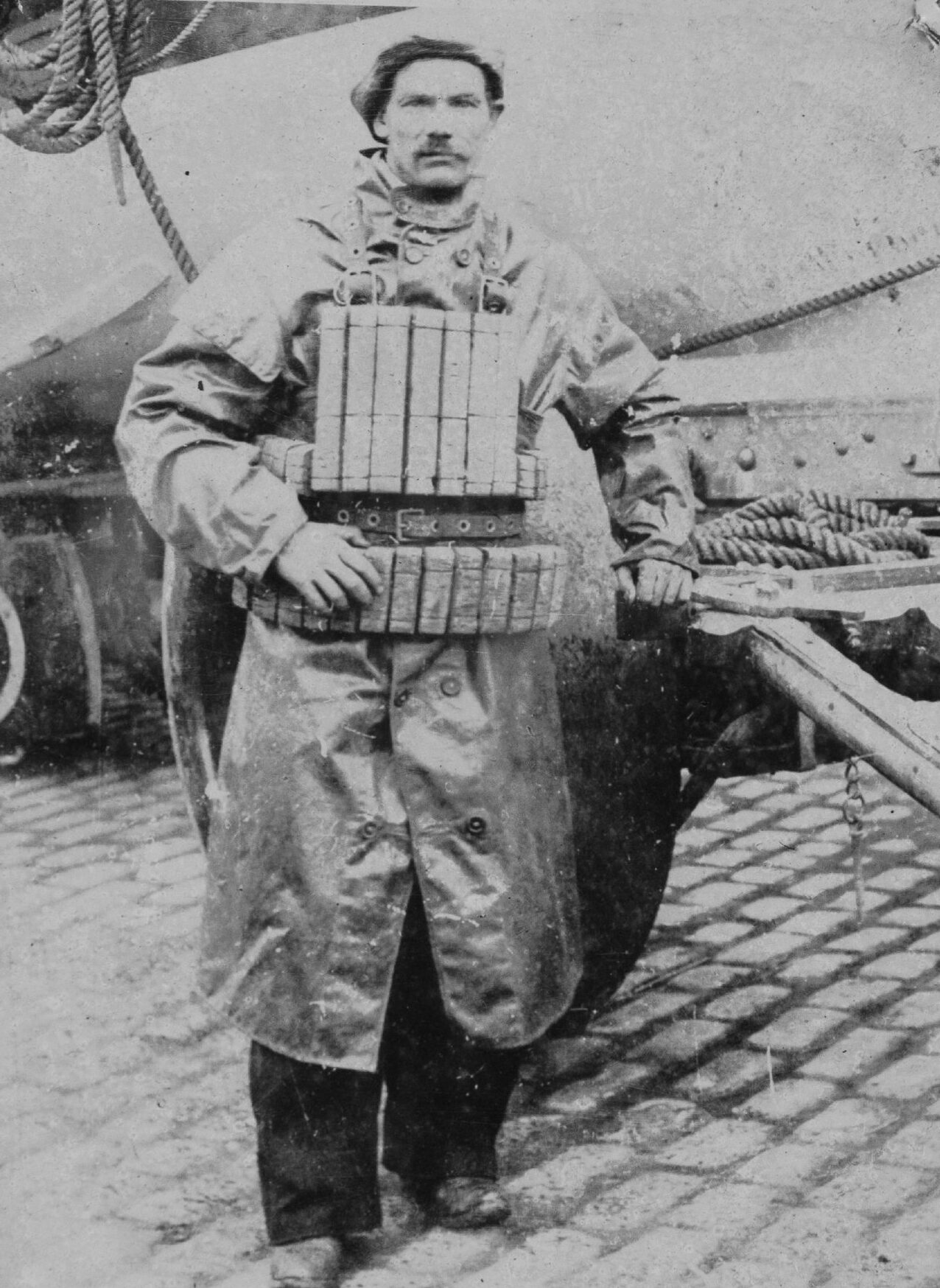
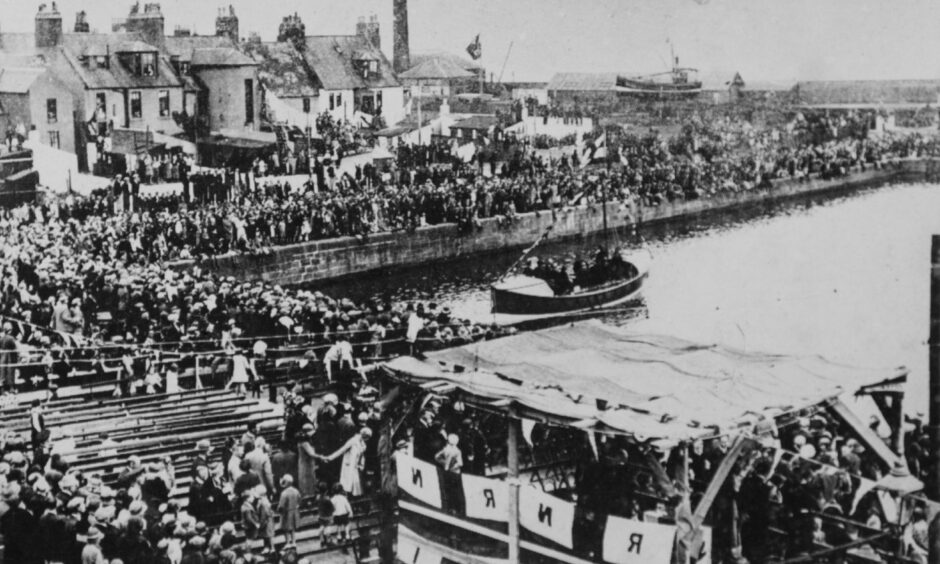
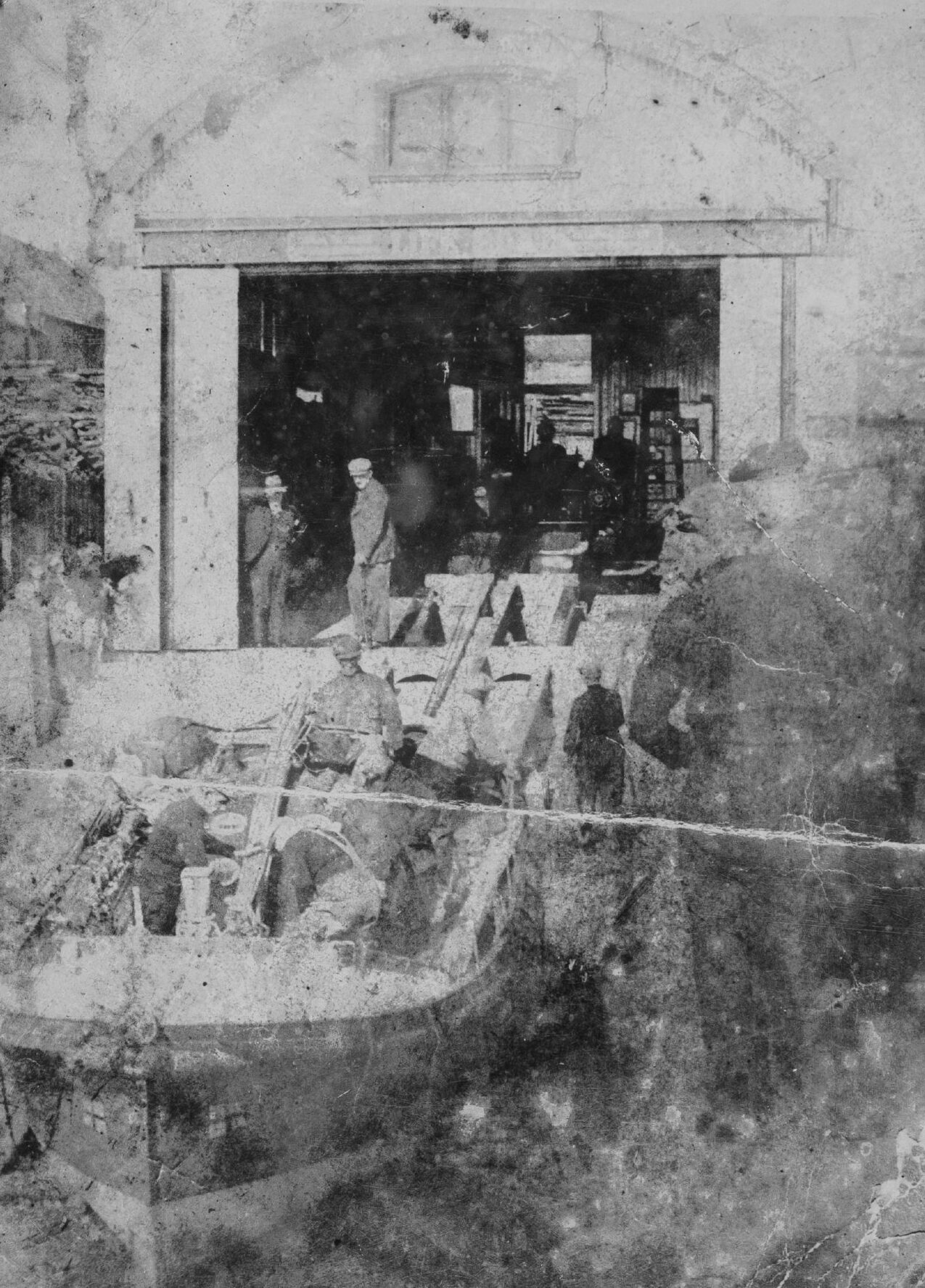
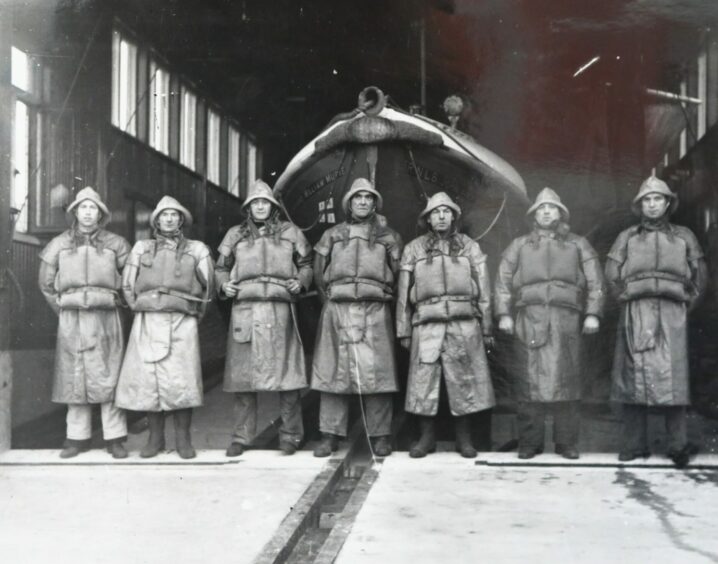
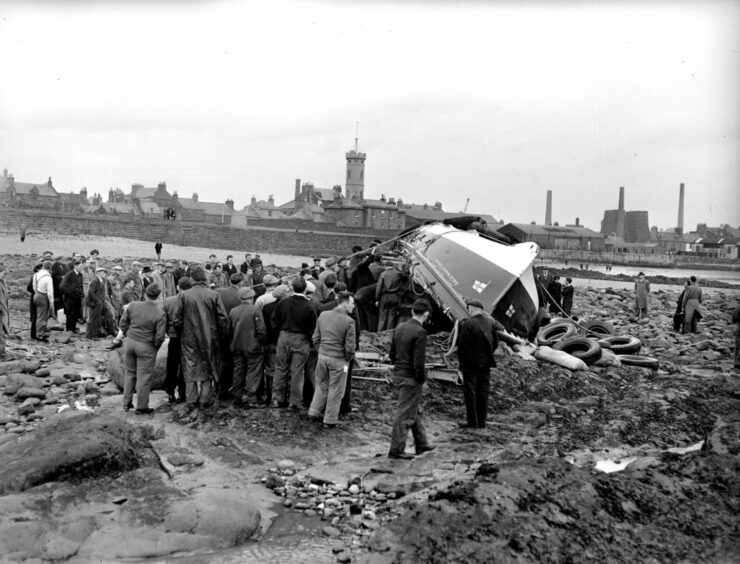
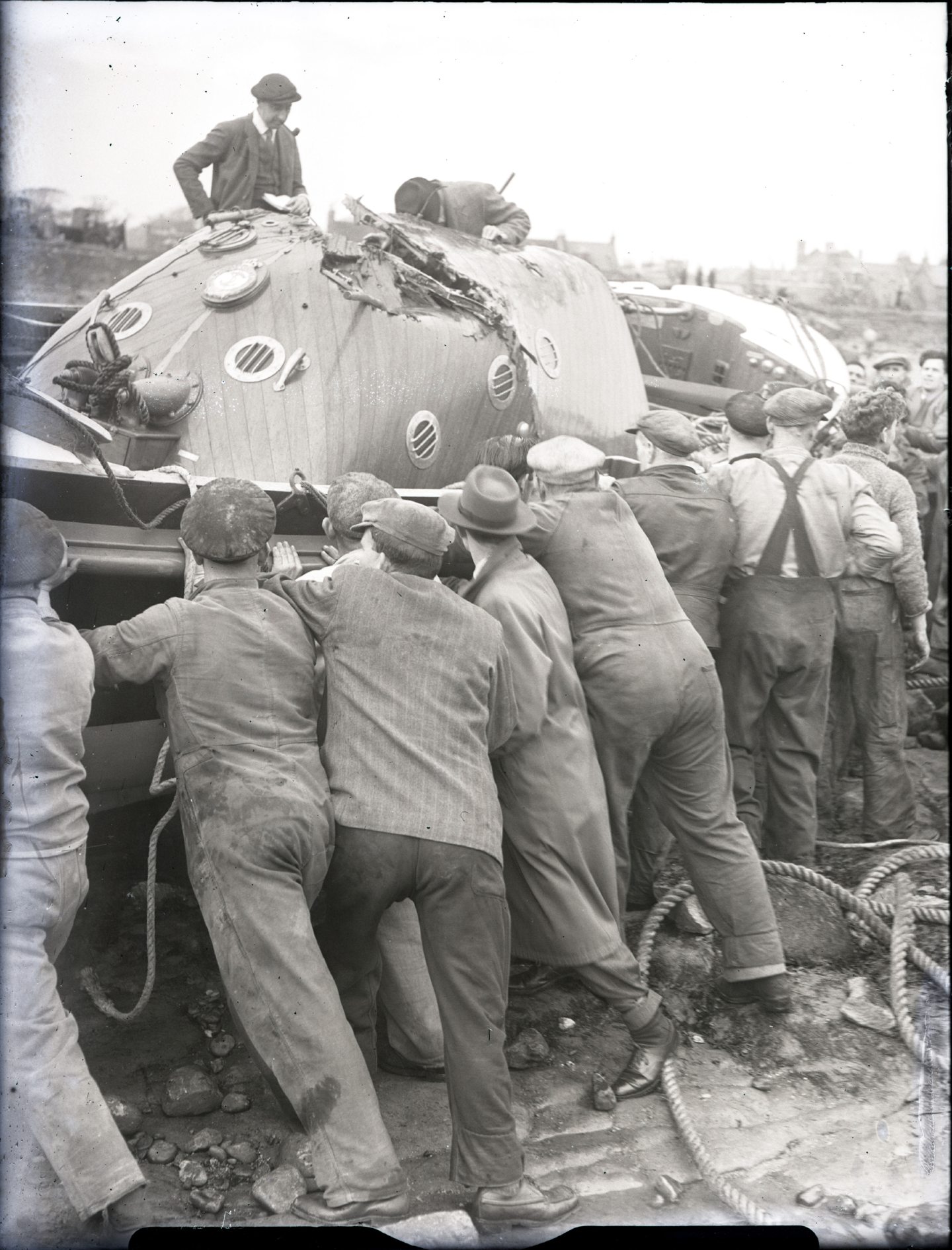
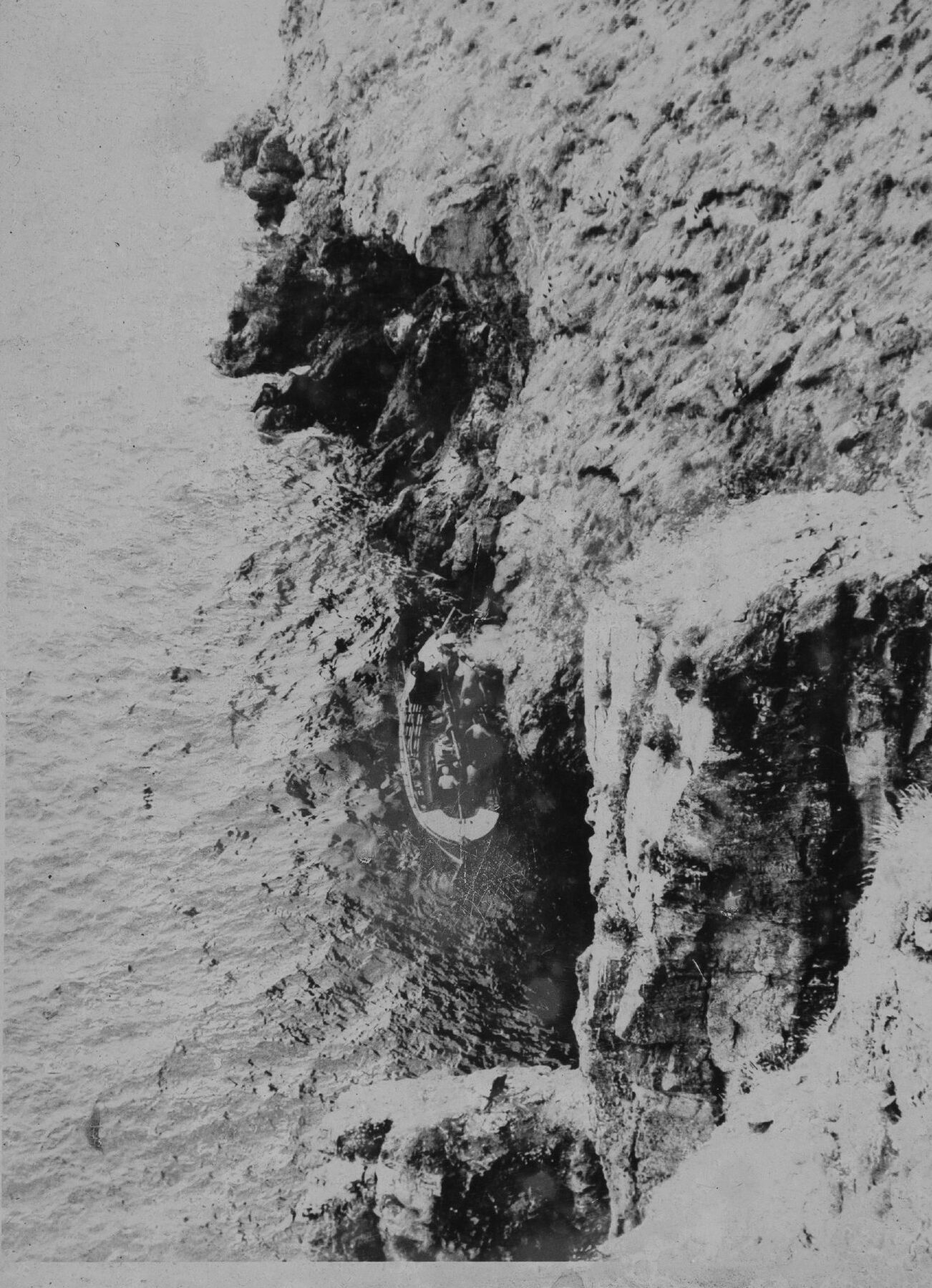
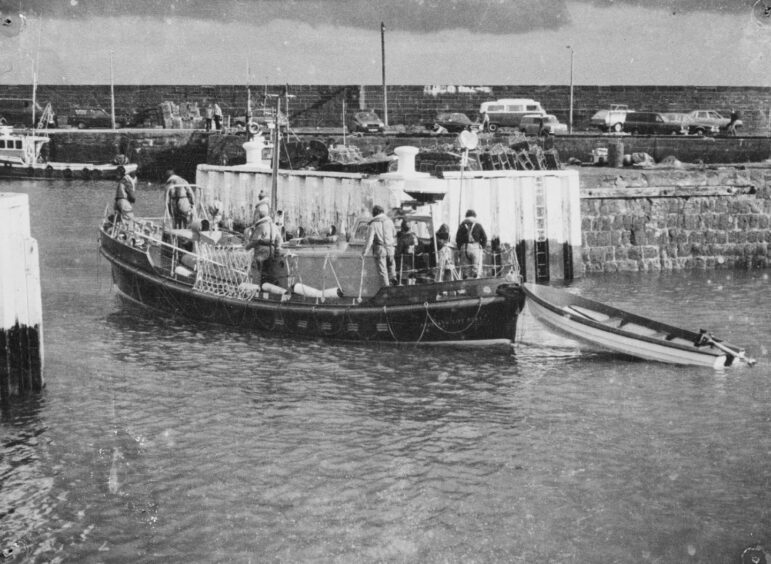
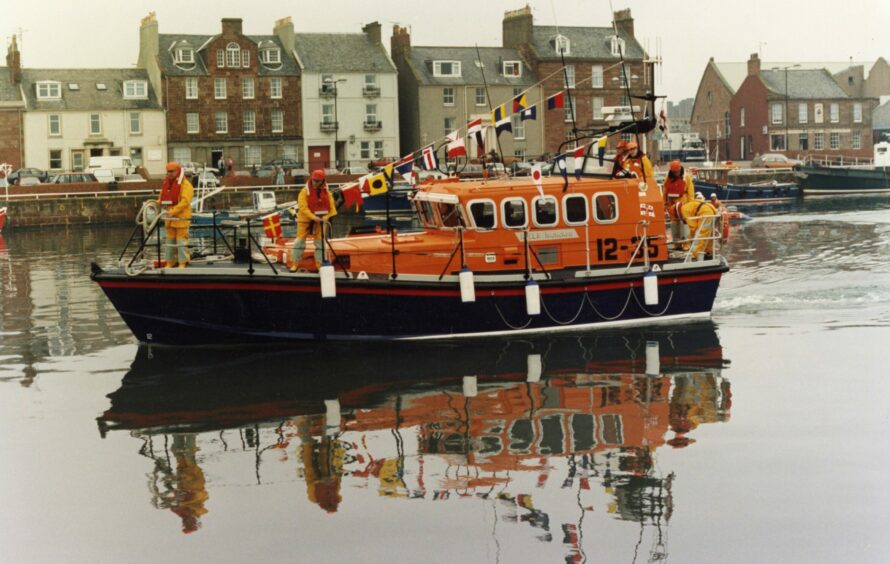
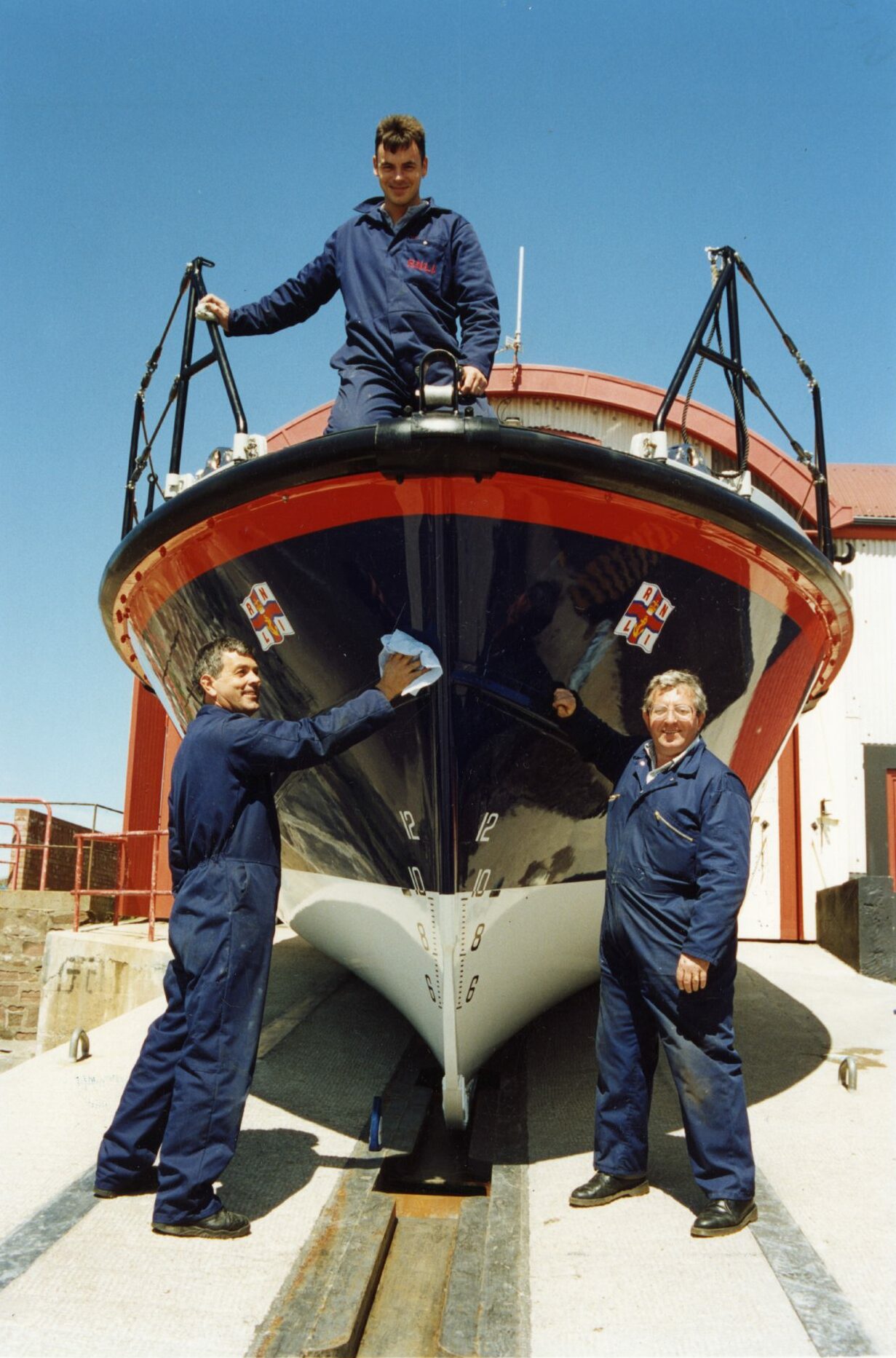











Conversation